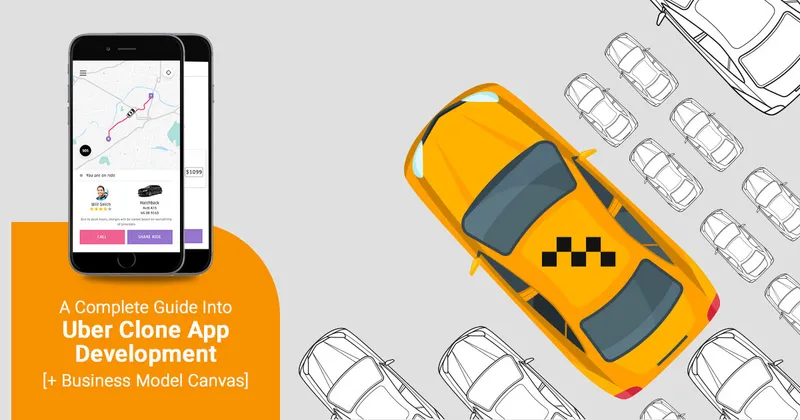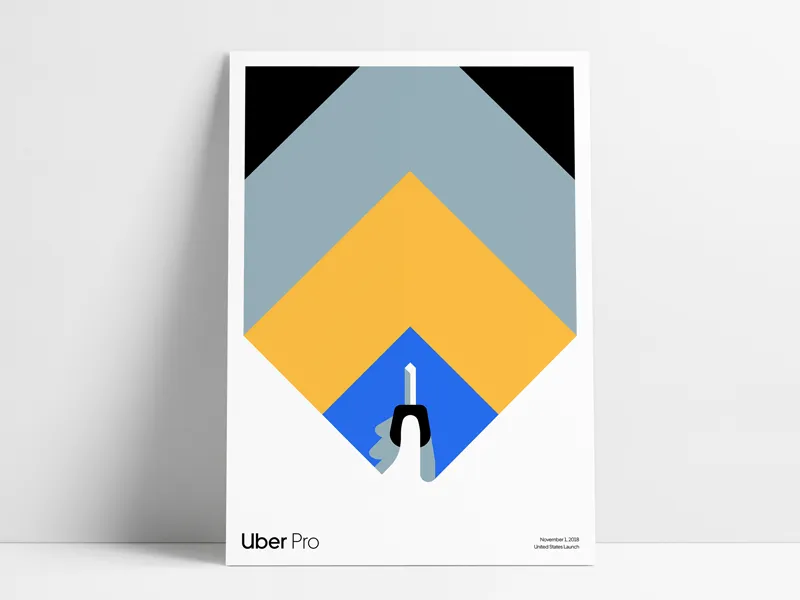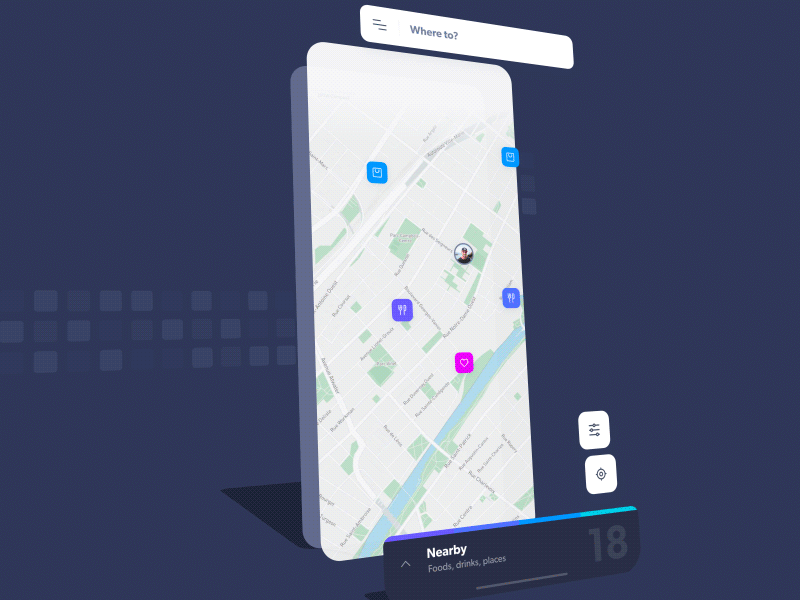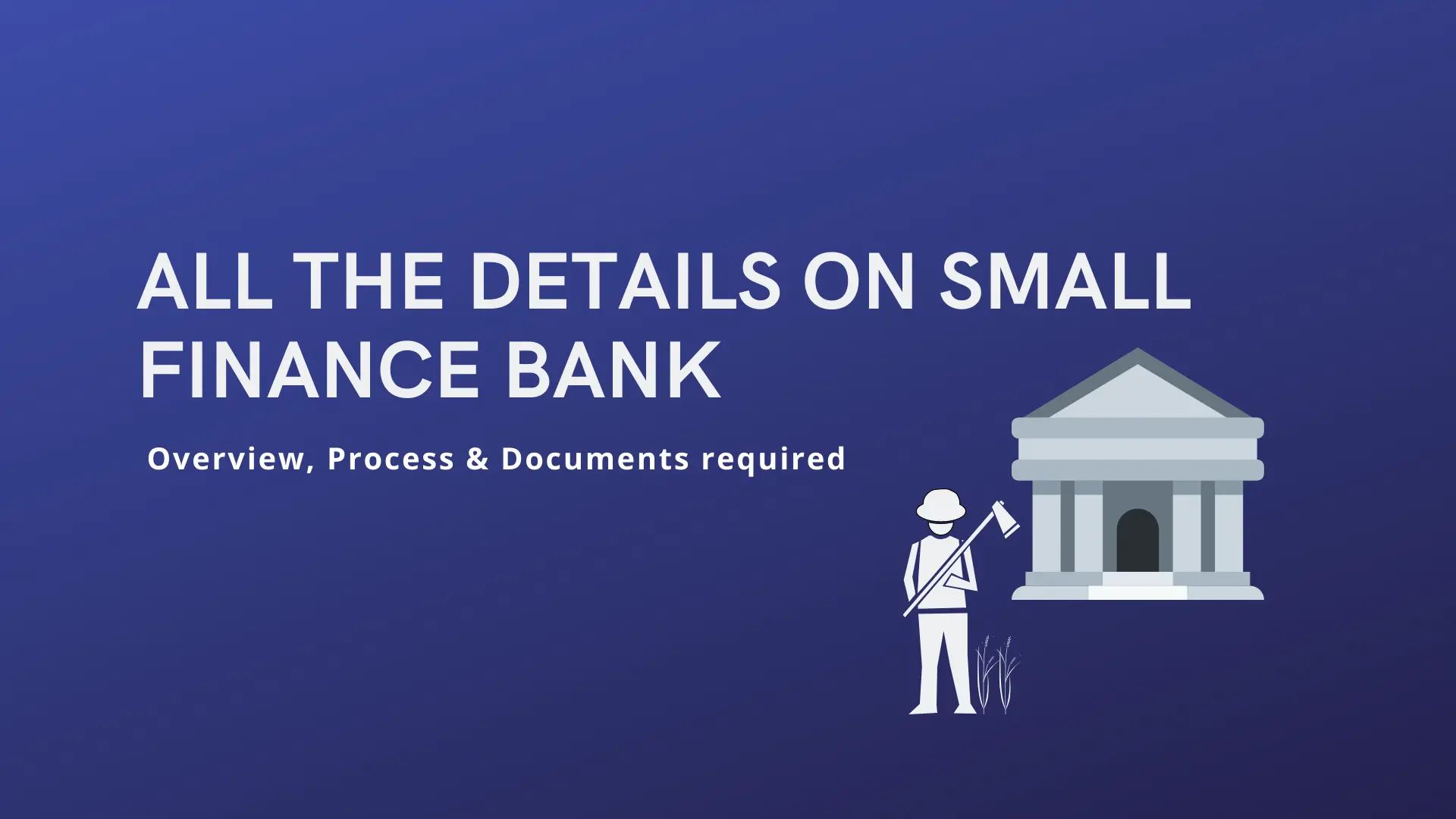

Complete guide into Uber clone app development[+ Business Model Canvas]
With the new age on-demand taxi apps, the major change is happening with the on-demand ride-hailing industry. Here, we will discuss the leading ride-hailing app’s functions, features to be integrated, and development challenges faced during the Uber clone app development.

In the 1920s, calling a taxi was reserved only for the rich since many average people couldn’t afford. And, at times, it was even considered royal to hire a taxi. But now, Uber changed the scenario and made it a necessity by providing services at an affordable price. It not only gained the name as the most disruptive business but also changed the way people carry out their businesses.
Today, you can see that every business is getting Uberized, and the on-demand service model is being applied to every industry and niche. This is the result of people’s craving to get their needs immediately. Even when Uber was started, it didn’t have a plan to delve into all the market.
It never failed to analyze the demands of people, and gradually succeeded in providing those with the same workflow. First, it started by offering taxi services; then it focused on providing luxury car services. And finally, now it has made a significant leap in providing air taxi service. Having explored all ways to attract customers, now, it has left its competitors brainstorming new ideas to keep up with the competition.
Uber had enough solutions to invite all the sections of society, and new entrepreneurs find it arduous to flourish. Fortunately, it allowed the sharing of its business model with newbies, who have now helped increase the app’s demand.
Here, we will discuss the leading competitor’s functions, features to be integrated, and development challenges faced during the Uber like app development. The information briefed below can give you a little exposure to how the app functions and develops.
Existing competitors in the taxi app business
The concept of taxi apps is simple. A rider downloads the app, enters his/her personal information, starts booking by entering a destination and confirms the location. Then, the app matches the rider to a driver in that locality and then the ride starts. These apps include payments, Geo-tracking, and client support as well to enhance usability.
Though the ideas are the same, each of the existing competitors has their own unique business strategy to gain a spotlight in the crowd. And it is important for new entrepreneurs to come up with one. Take Uber for instance, here's the business model canvas,

Uber Business Model Canvas
The service has a unique dispatch system to handle ride requests and also allows users to choose their drivers based on the ratings. Thus, this kind of service helped Uber to promote their business as a professional one among the people. And currently, with 75 million riders and 3 million drivers, it operates successfully in 600 cities.
However, there are also other competitors like Lyft, Taxify, Ola, Grab, etc. who are into regional as well as global taxi service. These companies generate huge revenue even in areas where Uber exists. It all depends on how well you provide the service.
Also read, Taxi App Business model & Technical considerations
Features to be integrated into the taxi application
Normally, a taxi app has three types of stakeholders: admins, drivers, and riders. Each has its own core features to maintain the operation smoothly. These features are a necessity and are also considered as a foundation for a basic taxi application.

Driver App
The app usually comes with a distinctive Ul linked directly with the admin dashboard to check driver activity. Make sure to investigate whether your drivers follow the norms of your business.
Dashboard: Drivers can view the report of their rides, earnings, and profits in the dashboard. Also, the driver can also gain information about the ride histories like distance traveled, feedback gained, etc.
Fare calculator: Drivers receive payment details once the ride gets over. Your app must support both card and cash payment methods.
Notifications: This allows your drivers to notify about the ride requests, canceled trips, and new text messages.
Feedback: This enables the driver to rate about the rider.
Rider App
Once the app is installed, the rider needs to create a profile to manage their functions and payment operations.
Book a ride: This allows riders to book a ride after entering their pin location and destination details.
ETA: Riders can know the details of the driver’s arrival.
Notifications: Details about the rides, payments, canceled trips will be notified through this.
Fare calculator: Riders can know the amount before taking up the ride.
Feedback: Riders can leave feedback after the ride.
Admin panel
Admin panel will allow you to manage and control the overall operations of your business. So you will be given with,
Dashboard: Through this, you view a statistical report about your profits, earnings, and number of users.
Reports: All type of reports both from driver and rider can be viewed.
Real-time tracking: Admins can watch the movements of cars as well as manage drivers, vehicle types, reviews, etc.
Add-on features to increase the usability

New Add-on in Uber app - Driver's rewards program
Apart from the above listed, there are also a few essential features that define the taxi application. Make sure to integrate those in your new taxi app.
Location sharing
During the taxi app development, don’t forget to integrate GPS-enabled maps. This helps both the driver and the rider to know each other’s location. Also, users can know the movement of drivers and can remain calm until their arrival.
Today, Uber-like app is allowing users to share their location with their friends and families to ensure safety. You can also follow those.
Ride histories
Let your passengers know the details about the ride such as car model, vehicle number, driver’s personal info along with their ratings. This helps the rider to trust your business.
Chat support
To inquire about the ride and to let know drivers about the location, the chat support must be integrated. Make sure to enable the chat support for your riders once they push their ride request.
Payment methods
Make sure to integrate third-party payment gateways to keep up secure payment operation. Your app must support both cash and credit type of payments. Thus, enabling your riders to feel comfortable about the payment option.
Challenges faced during the taxi app development
While developing the taxi app, you have to concentrate on a few things to make your app credible and challenge-free.
Security
Safety must be a priority always. Also, it stands as a big challenge when creating the application. Ride-sharing service giants, Uber and Lyft, follow a screening procedure to sort out professional and crime-free drivers. They follow a unique recruitment process where both personal and vehicle information of the driver is checked thoroughly.
A few apps even integrated an SOS button to get help in case of emergencies. Ensure to come up with any new idea for safety or try integrating these for bestowing a safe trip.
Competition
There are already many big competitors in the industry and it will definitely be a very big challenge for new entrepreneurs. You must analyze the strategies of your competitors at your targeted location and must know the demands. Once you know that you are strong enough to compete with enhanced features, your chance of success will get high.
User interface

Free flow taxi app UI
The types of service that you offer may differ region wise. Take Uber, for example, it provides e-scooters, auto-rickshaw rides, luxury car service, etc. but not all these services will be available in all cities. It differs. So, plan an interface that adapts and rearranges as per the service offered.
Cost to develop a Uber-like app
The cost will not be the same and it differs with the company as well as region-wise. Many entrepreneurs may not wish to invest high at the initial stage and will definitely look for or plan a cost-effective solution. Generally, the cost to develop and launch on both Android and iOS platform is around $30,000-$35,000.
But today, due to technology evolution, there is an availability of clone scripts. You can approach a developer who could offer Uber clone script and adopt it immediately. This clone is an effective way to launch your business in a short period. With scripts, you can customize and modify the app based on your needs. Ensure to find the right app developing partner like Appdupe in the industry to get the best outcome.


![Complete guide into Uber clone app development[+ Business Model Canvas]](https://images.yourstory.com/cs/1/ea09c050-4fc5-11e9-abea-dba2cd34baa8/Uber_clone_development_-_Guide1564479019794.png?mode=crop&crop=faces&ar=16%3A9&format=auto&w=1920&q=75)




